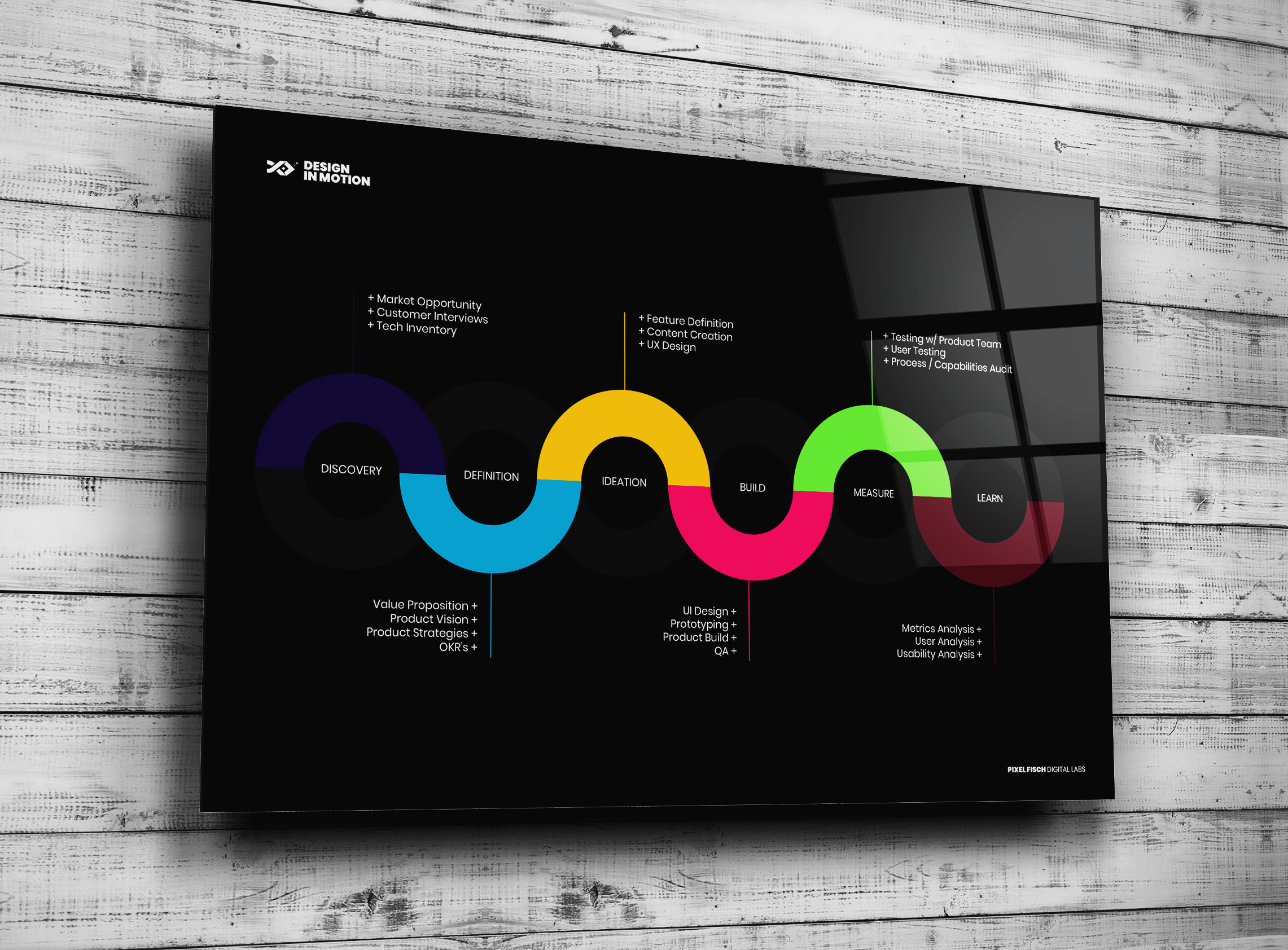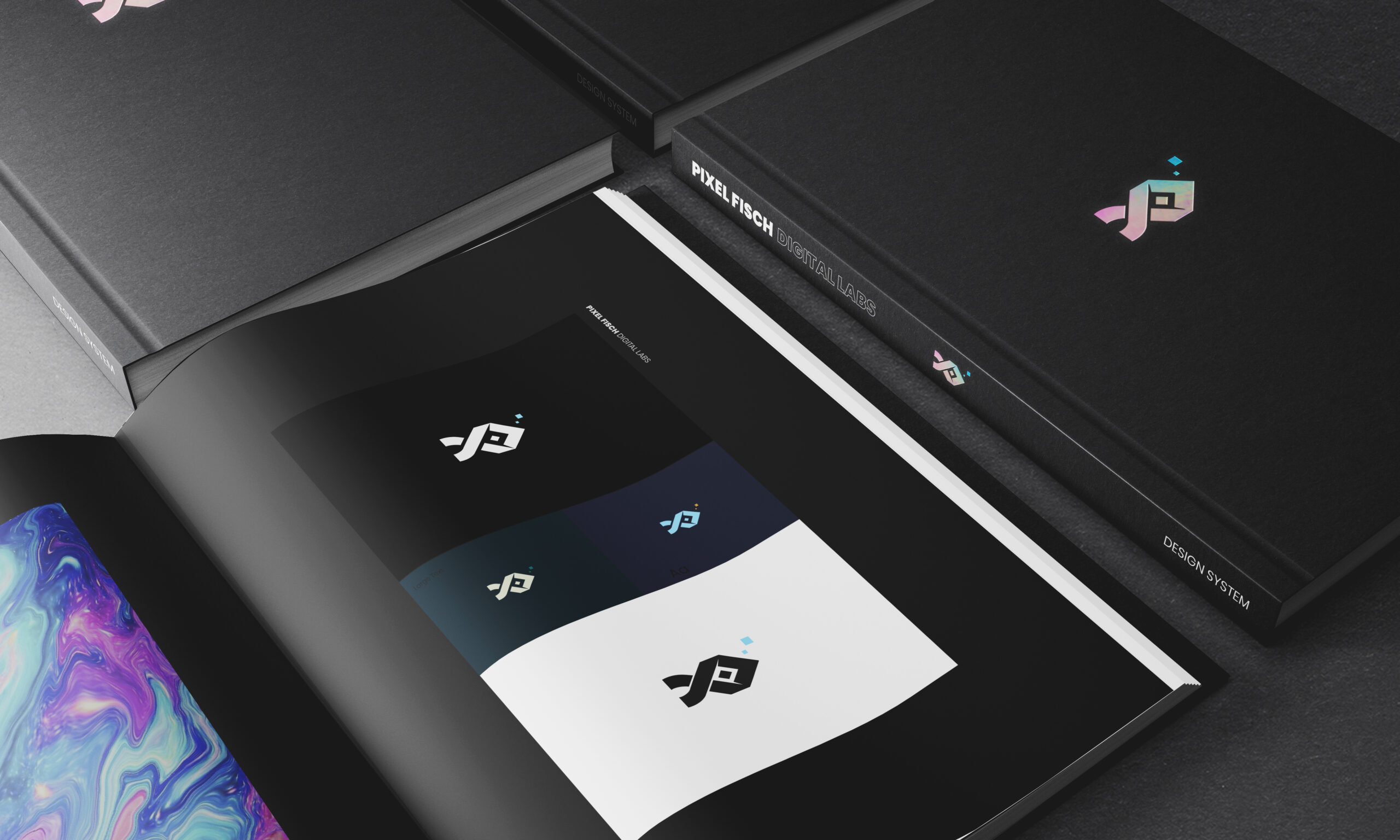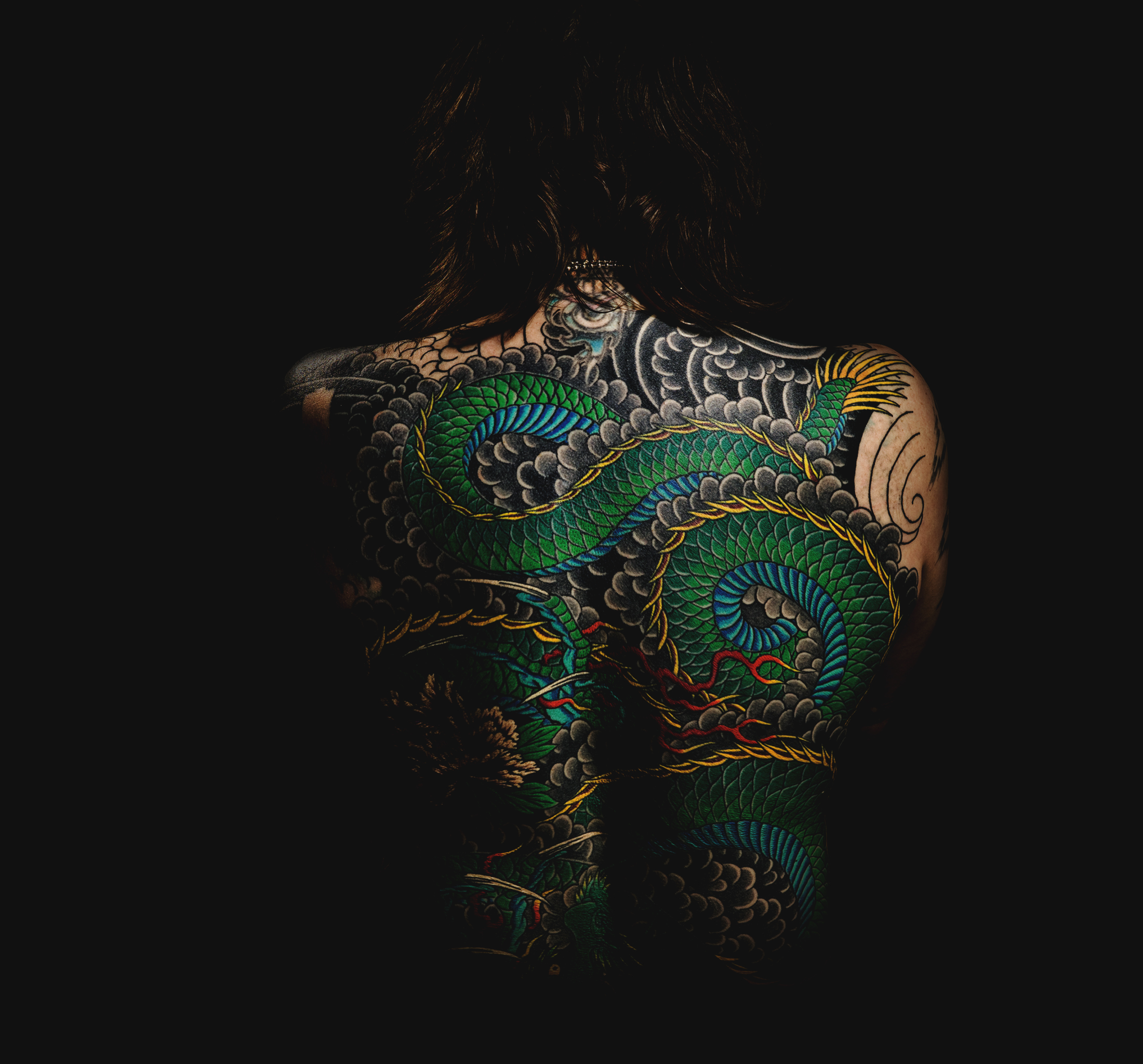What is product design? really…
Product design is the art of solving real problems for real people, by understanding and empathizing with the user’s habits, behaviors, pain points, needs, and wants.
+
Purpose
Product Design helps to bridge the gap between the needs of the business and the needs of the users.
+
Mission
Drive adoption and usage through the evolution of the product and the user’s capabilities.
+
Values
User, data, and purpose-driven outputs, with a foundation of collaborative, and inclusive workstreams.
The principals of product design–
Leveraging design thinking into foundational principles that drive the success of the product design chapter.
+
User
Who are the people you are building for and why?
+
Useful
What utility are you adding to the user’s lives?
+
Usability
How easy, effective, and functional is the product?
+
Usage
• # of active users
• How are users engaging?
The disciplines of product design–
The foundation of any organization’s product design chapter should revolve around the 4 U’s
+
User
Relations
Customer Experience (CX) from a product perspective aimed at creating reliable feedback loops, and brand & product loyalty.
+
User Experience
The Build, Measure and Learn portion of the product development.
+
User
Analytics
Data measurements about who is using the products, and how it is being used.
+
User
Evolution
Leading users to become more sophisticated and expand their capabilities.
The product design process–
Early engagement helps to provide additional context that can power ideation. Using a thoughtful and measured development cycle allows for projects to be completed on time, under budget, and with quality.

The value of visual design–
Visual design matters.
It is a critical, often forgotten piece of the user’s experience.
The visual design is the first impression your product will make, and you have just seconds to ensure that impression is a lasting one as users make up their minds about your product.
A strong visual design can create a deeper sense of credibility and trust for your product, at times more so than your actual content. It helps to raise brand and product awareness and loyalty. It helps the users navigate the workflow and content.
But, more important than the feelings your visual design can generate, is what your design is tasked with conveying your content’s messaging.effectively and responsibly.
Without a well-crafted visual design that takes into full consideration, information architecture, accessibility, color psychology, spatial relations, legibility and compelling visuals, your products, their merits notwithstanding, may be overlooked. You run a great risk of alienating users, or worse, you may fail to deliver the message of your products.

The human’s you build for–
There are only two industries that call their customers ‘users’: illegal drugs & software.
– Edward Tufte
There are a number of products and services that weaponize persuasive design to change a user’s attitude and behavior by exploiting the reward pathways to incite a dopamine release.
This “feel-good” response triggers pseudo-addictive behaviors, which drive re-engagement, thus leading to an increase in revenue streams.
Toeing the moral and ethical line of this practice can be nearly impossible at times.
Your objectives from a product development standpoint are to drive adoption, usage and increase revenue streams, yet you also want to maintain a healthy and respectful relationship with your customers.
The goal should always be to view your users as humans, not numbers. These are people that should be encouraged rather than manipulated. The digital world is a vulnerable place, and the more trust you can earn, the better standing you establish for your company and brand. Integrity matters, and the long-term benefits outweigh the short-term gains.



